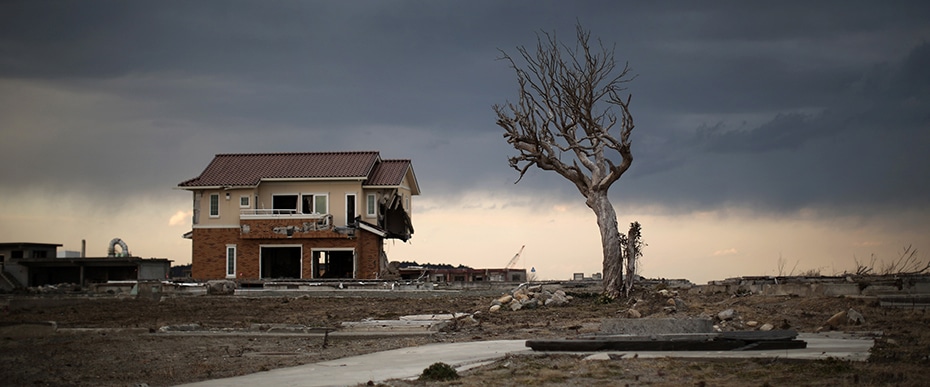Tedros Adhanom Ghebreyesus

Safe and effective vaccines have been developed and approved at record speed, giving us a crucial new way, in addition to traditional public health measures, to protect people from the virus. Now we must ensure they’re available to everyone, everywhere. Sharing doses, boosting manufacturing by removing barriers and ensuring that we use data effectively to target left-behind communities is key to ending this crisis.
I appreciate that India is sharing doses now, and also welcome G7 countries committing to sharing a portion of their vaccines, as well as pledging significant amounts of new funding to Covax.
However, of the 225m vaccine doses that have been administered so far, the vast majority have been in a handful of rich and vaccine-producing countries, while most low- and middle-income countries watch and wait. A me-first approach might serve short-term political interests, but it is self-defeating and will lead to a protracted recovery, with trade and travel continuing to suffer.
Any opportunity to beat this virus should be grabbed with both hands. New variants are appearing that show signs of being more transmissible, more deadly and less susceptible to vaccines. The threat is clear: as long as the virus is spreading anywhere, it has more opportunities to mutate and potentially undermine the efficacy of vaccines everywhere. We could end up back at square one.















/cloudfront-us-east-1.images.arcpublishing.com/mco/3BQGGC6Y6FAGPJ6RL77RKJGQAI.jpg)
/cloudfront-us-east-1.images.arcpublishing.com/mco/YKIA4CKZUVHNLLPGRNKKNBJOKU.jpg)


